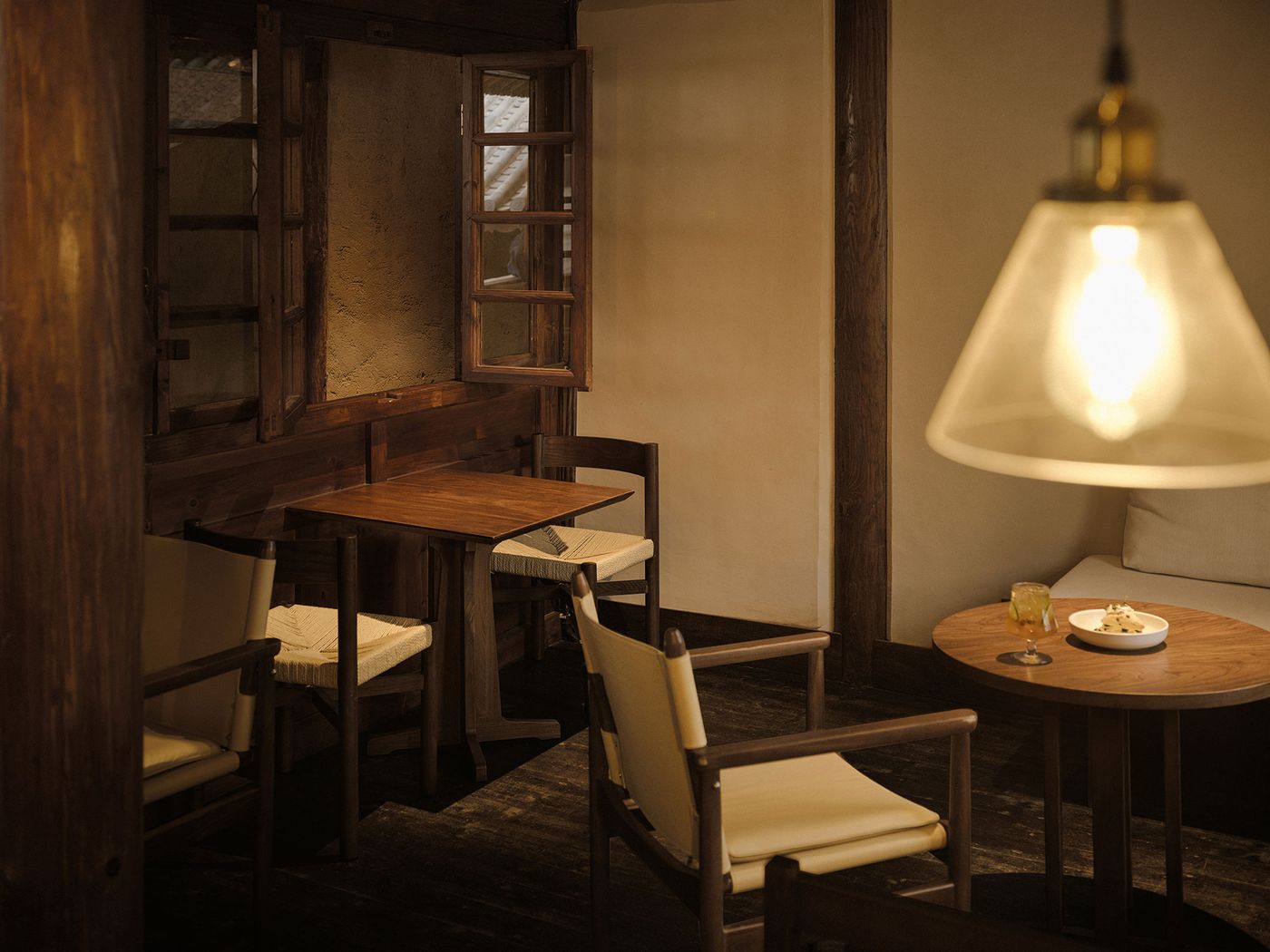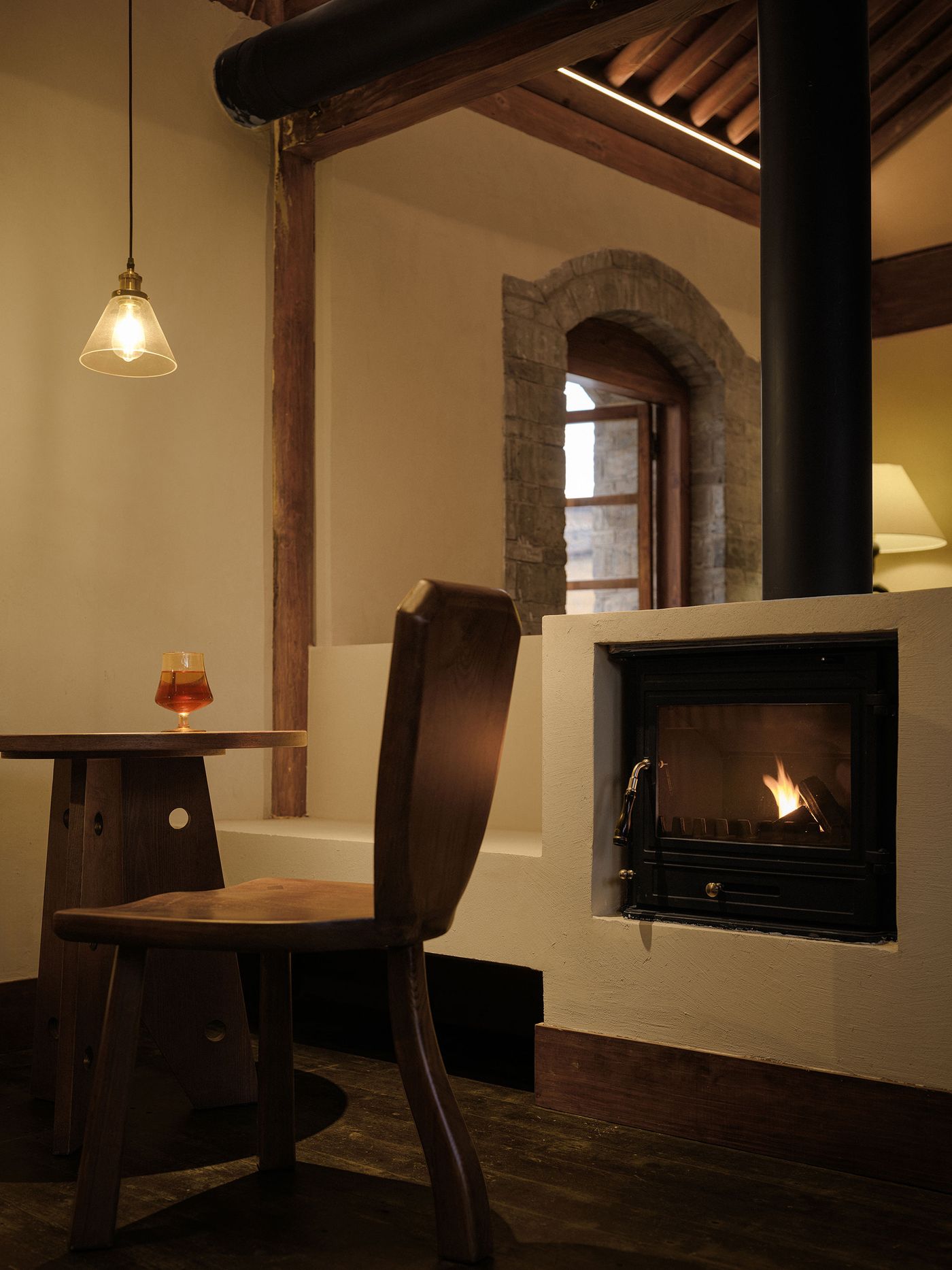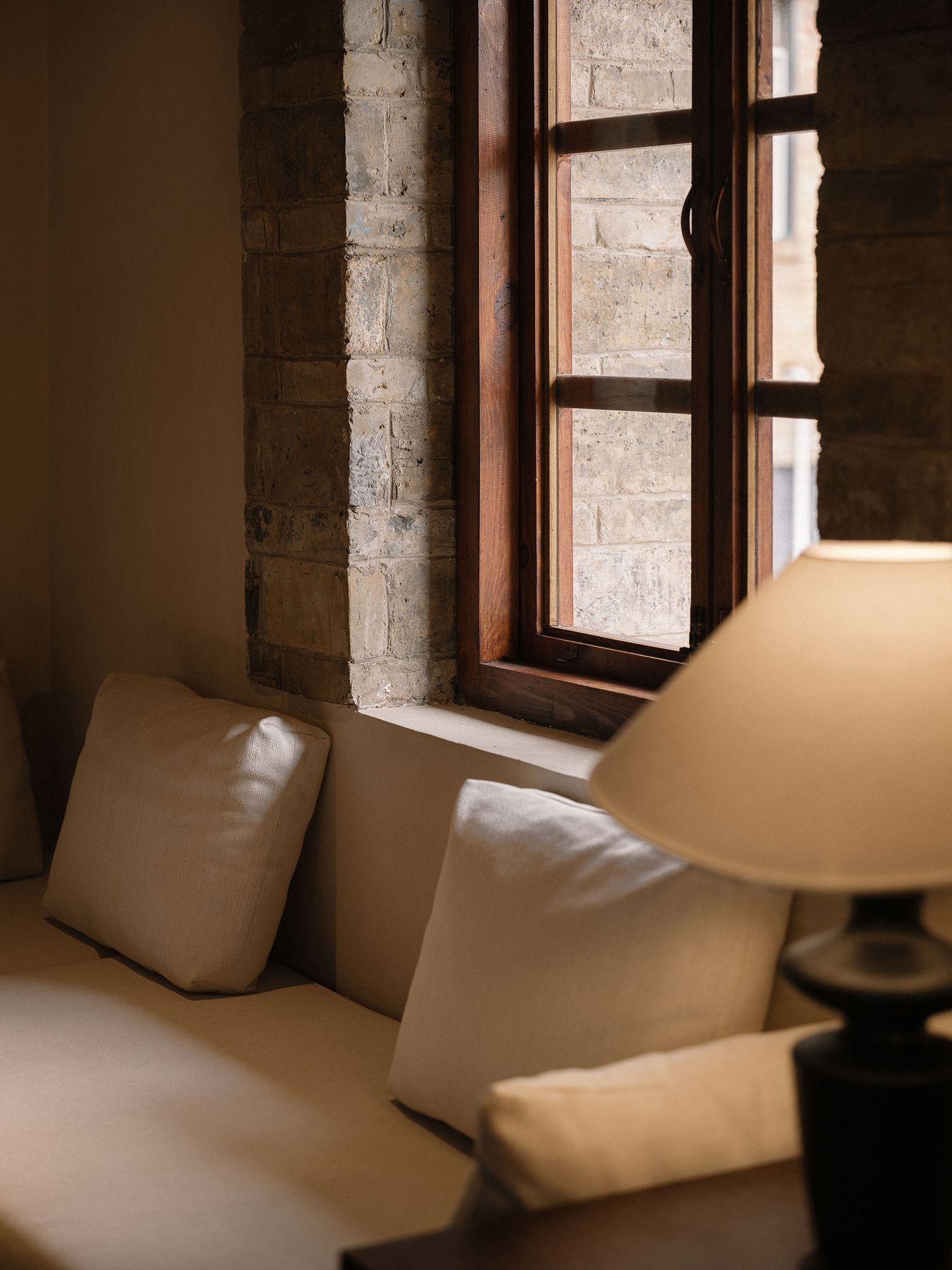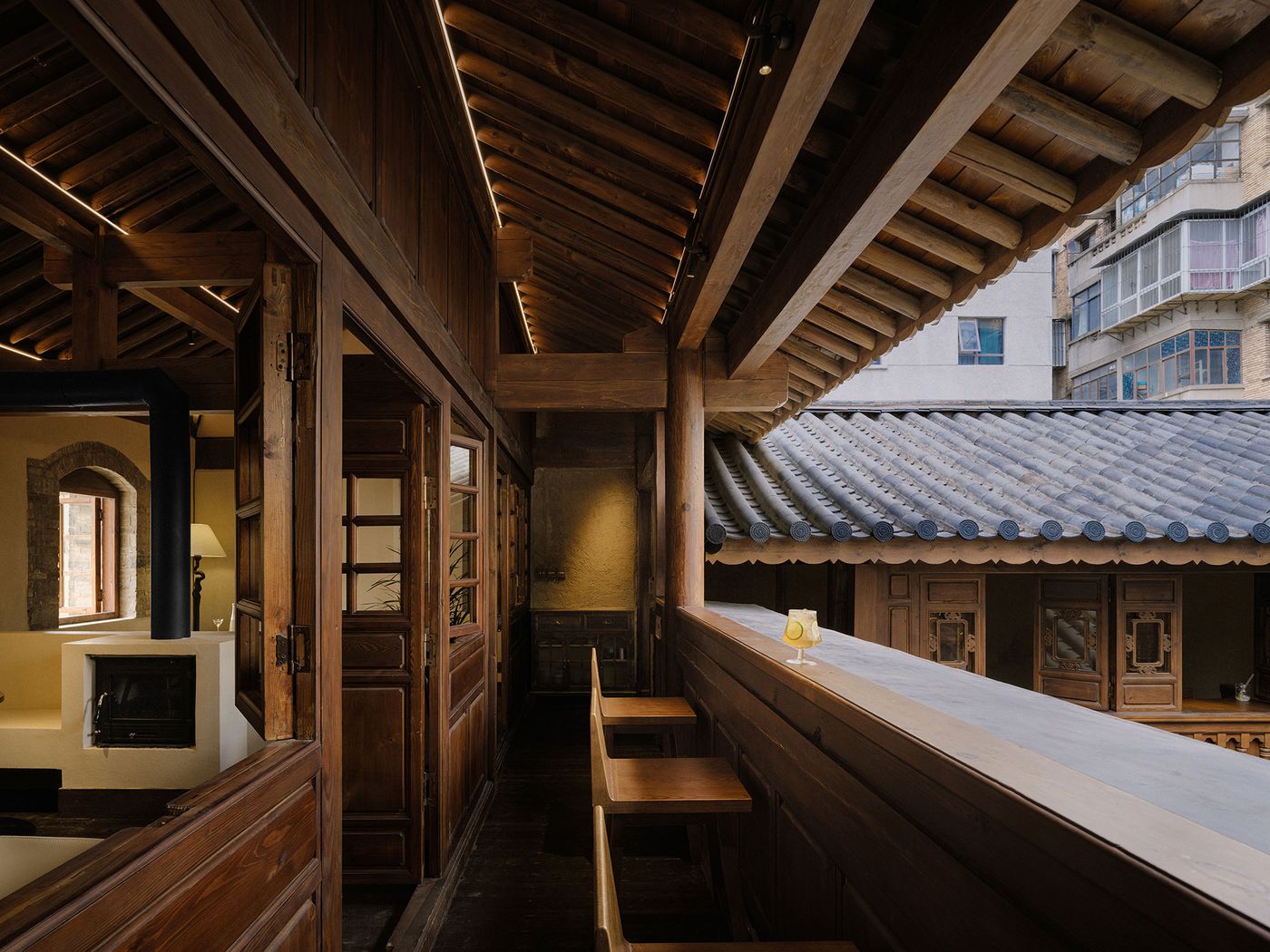
Past Perfect: A 1920s Courtyard House in Kunming Revived as a Café & Wine Bar
Words by Yatzer
Location
Kunming, Yunnan, China
Past Perfect: A 1920s Courtyard House in Kunming Revived as a Café & Wine Bar
Words by Yatzer
Kunming, Yunnan, China
Kunming, Yunnan, China
Location
Tucked away in Kunming’s Nanqiang Street—a revitalized historic district now home to a plethora of boutiques, galleries, bars, and restaurants—Daguan café and wine bar offers a thoughtful case study in architectural reconciliation. Conceived by Aurora Design, this recently completed project transforms a 1920s-era siheyuan (courtyard house) into a venue where tradition and contemporary design don’t simply coexist, but subtly enhance one another. The designers’ intention is not to dazzle with spectacle but to let the building’s quiet dignity speak through considered contrast on the one hand, and refined continuity on the other.
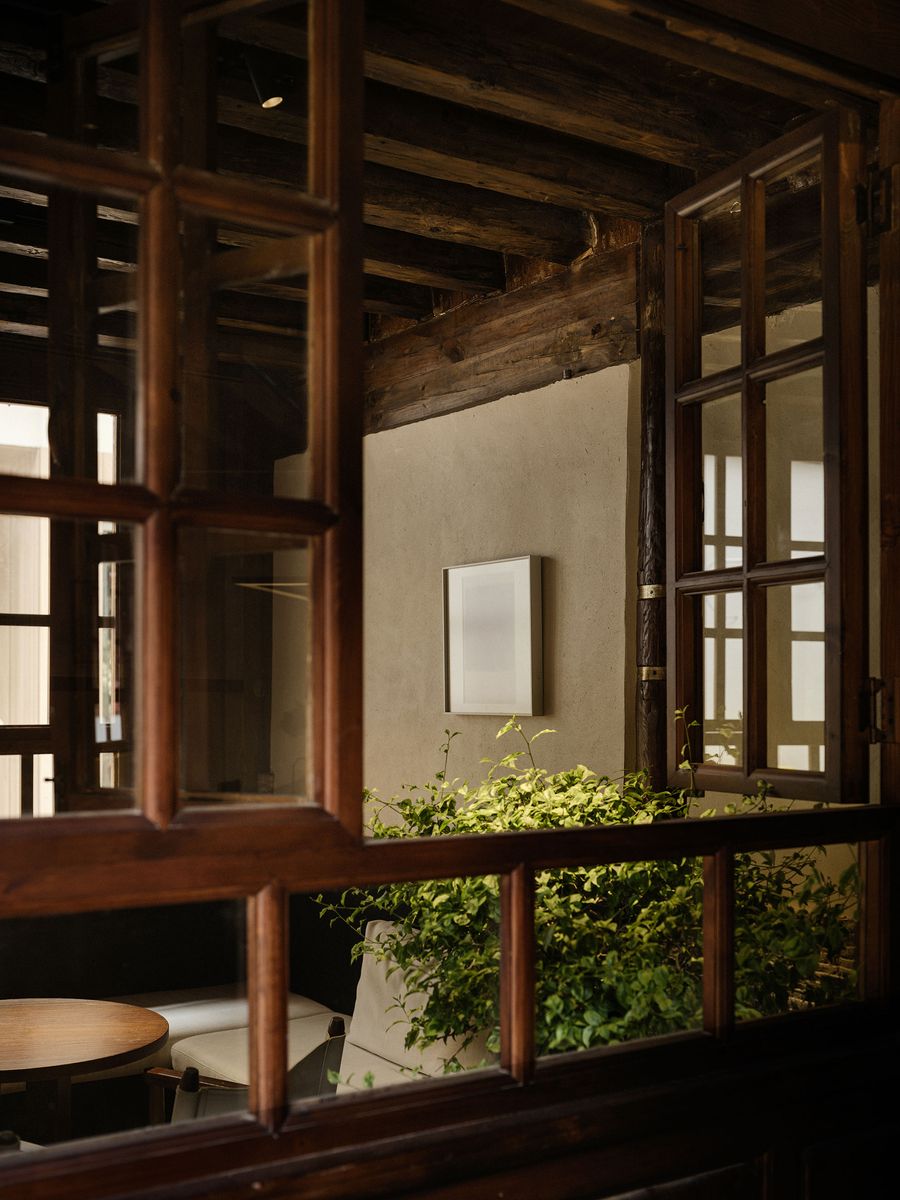
Photography by Na Xin from INSPACE.
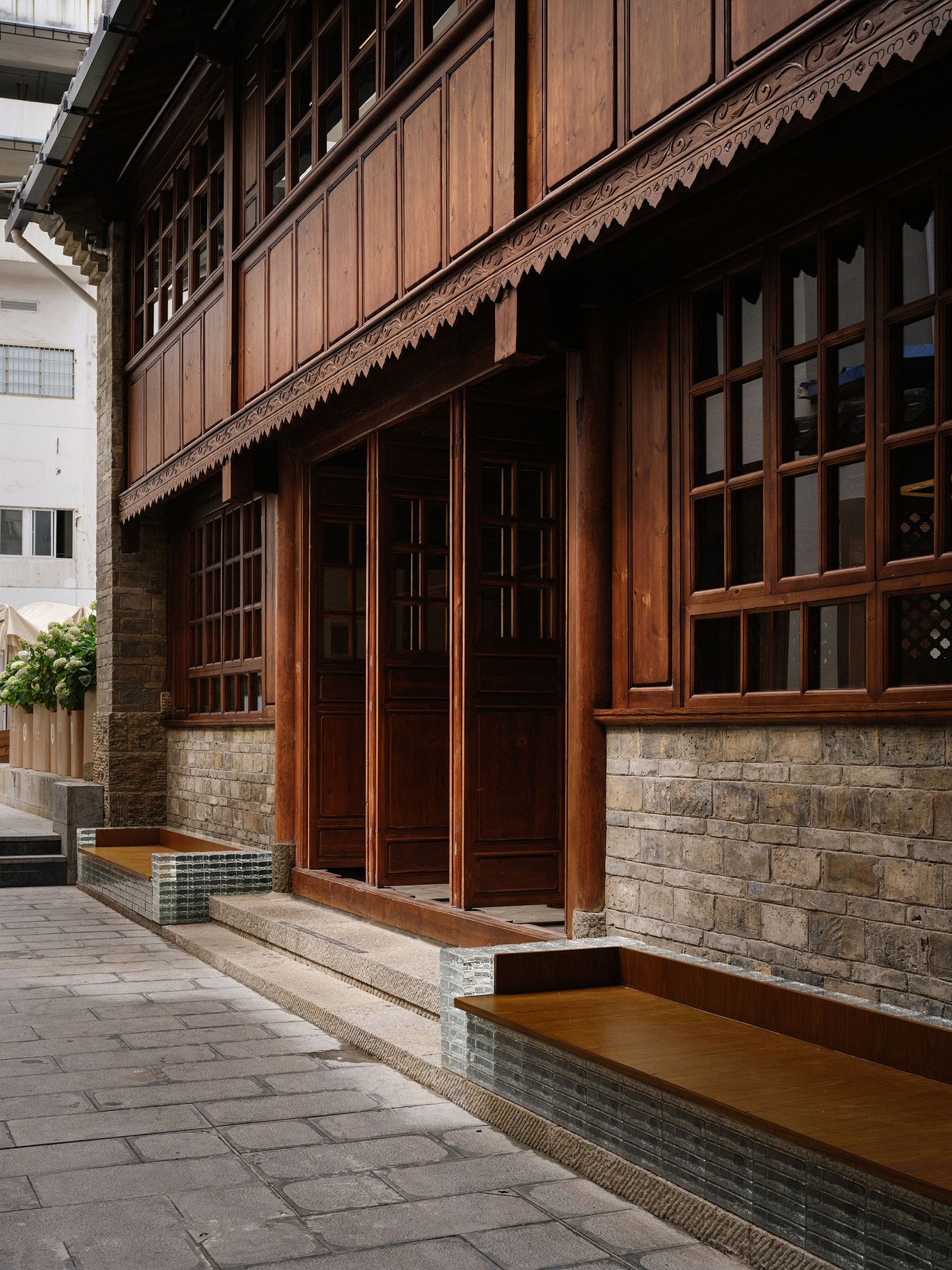
Photography by Na Xin from INSPACE.
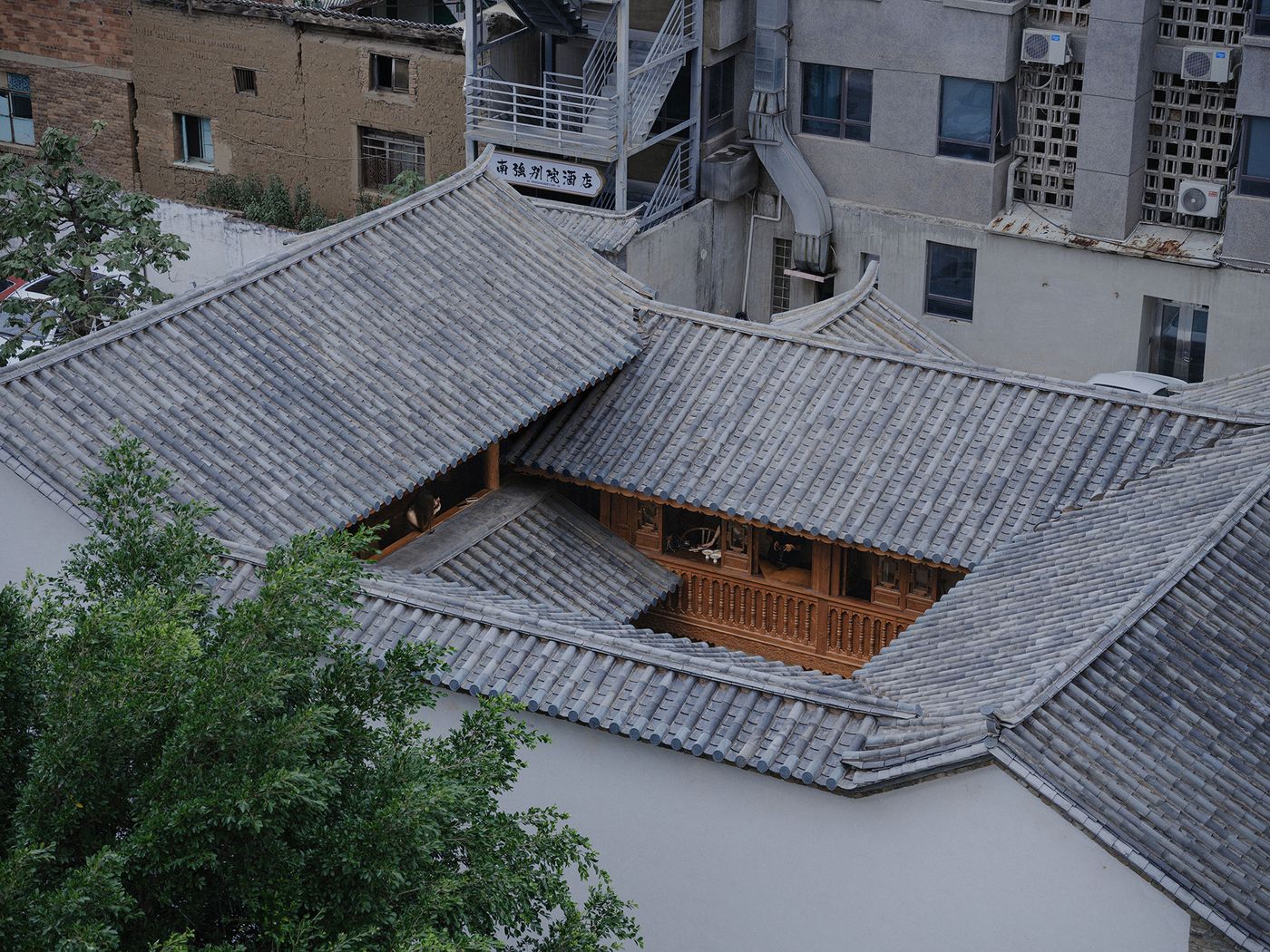
Photography by Na Xin from INSPACE.
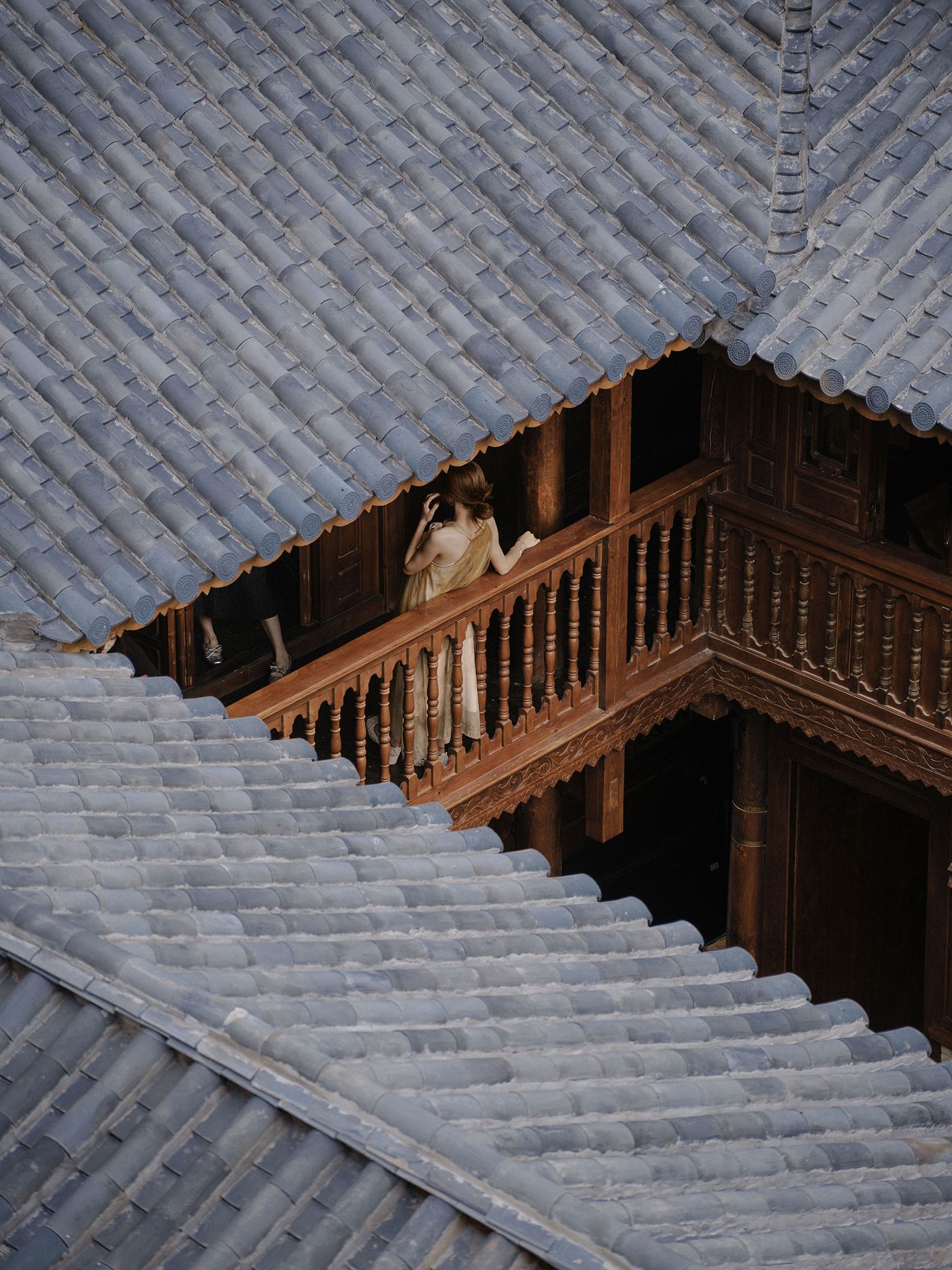
Photography by Na Xin from INSPACE.
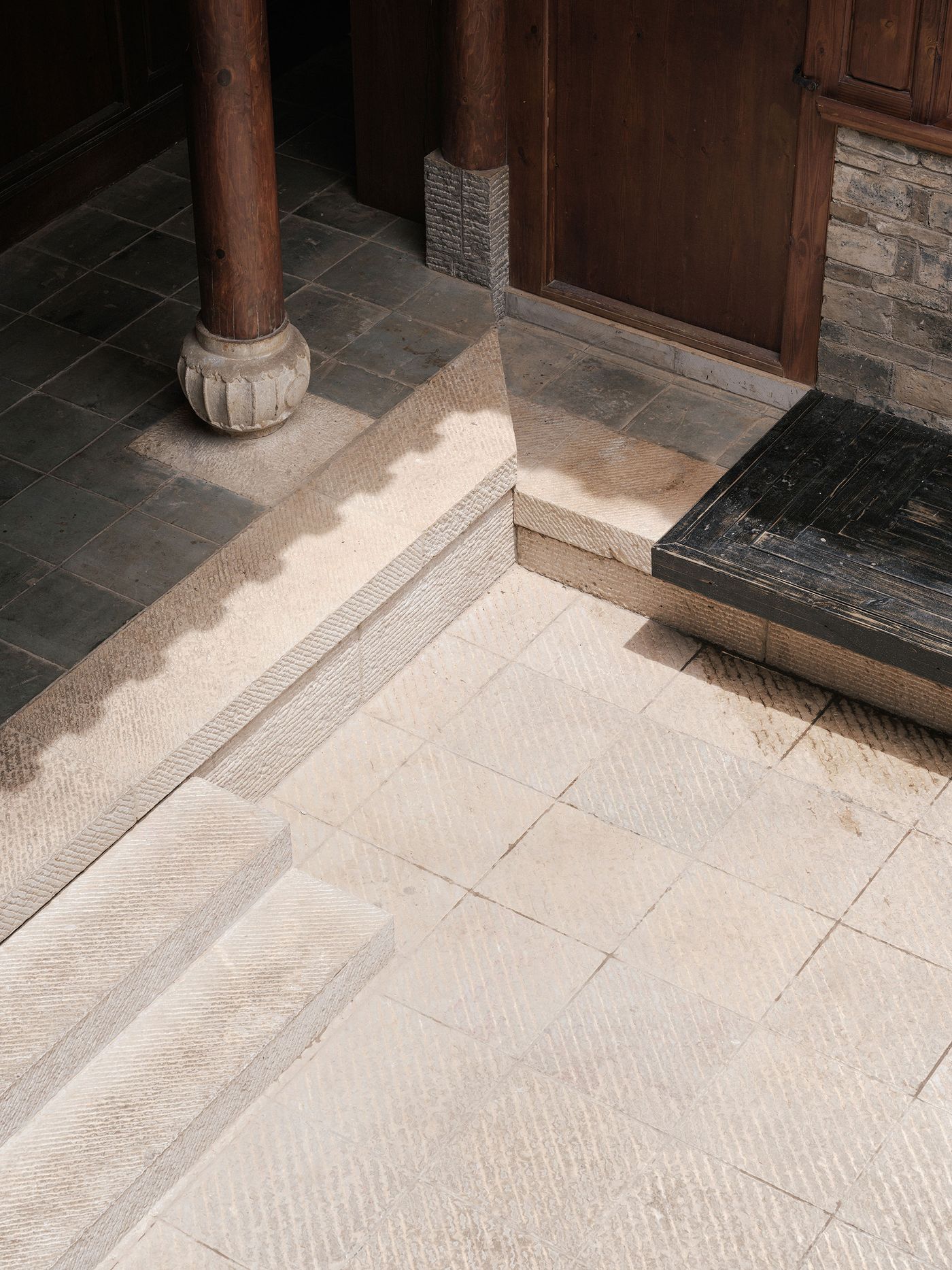
Photography by Na Xin from INSPACE.
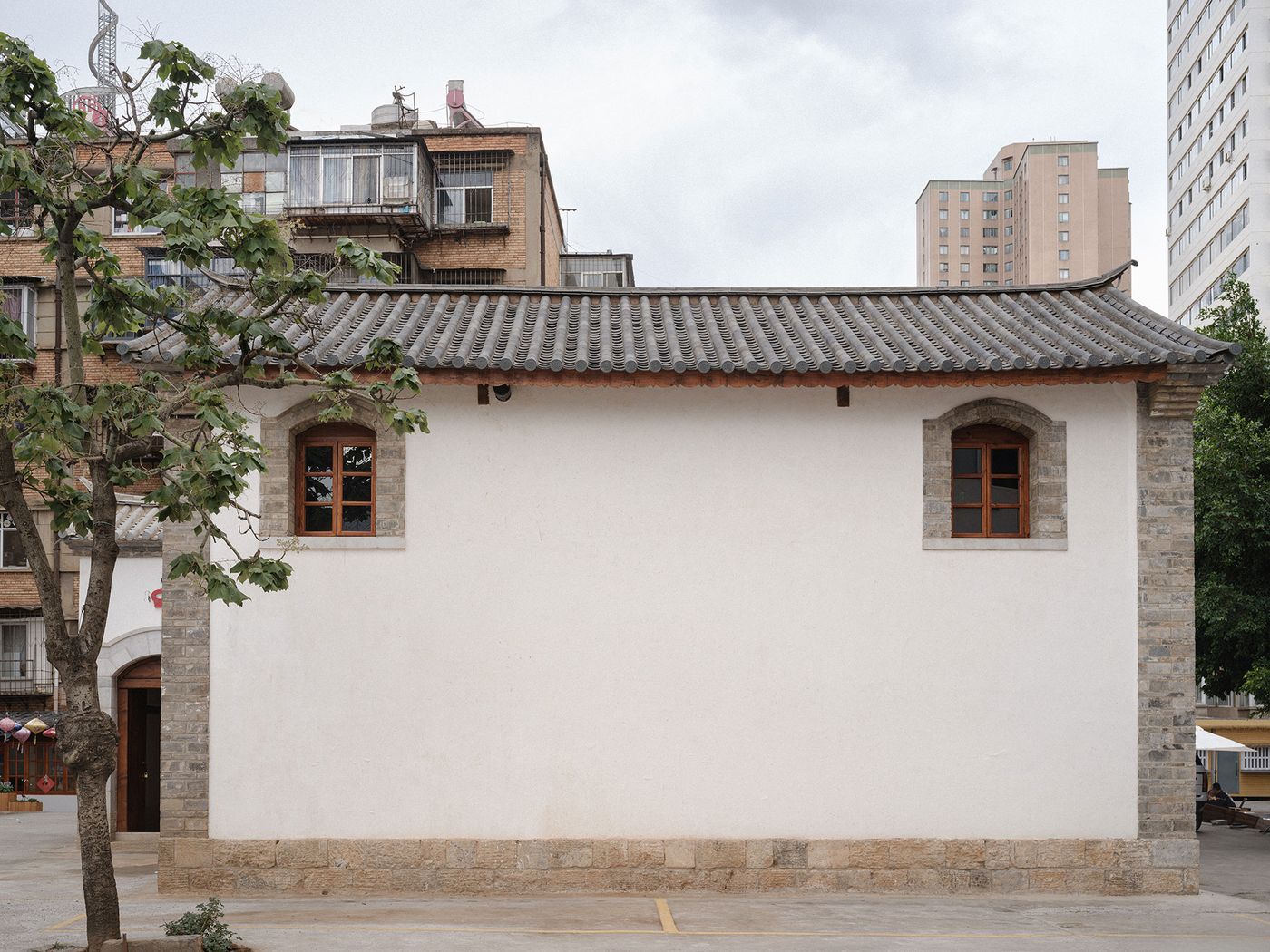
Photography by Na Xin from INSPACE.
The two-storey residence had already undergone a faithful restoration two years previously involving preserving its original architectural character. Aurora Design was brought in not only to reimagine the interior and programmatic layout but furthermore retain the integrity of the property’s historical framework. The original siheyuan layout—comprising a central courtyard flanked by the main hall and side rooms—was kept intact around which a series of layered zones offering a variety of experiences are organised.
On the ground floor, the courtyard serves as both a spatial anchor and a social hub, with seating scattered throughout to extend the café’s atmosphere into the open air. To the north, the entrance hall houses a compact bar counter ideal for a quick coffee, while outside, two built-in benches offer a resting spot for pedestrians along the picturesque alley. Constructed from wood and glass brick—a bold material pairing executed with subtlety and restraint—this outdoor seating exemplifies Aurora Design’s balancing act, mediating between the café’s serene interior and the street’s urban pulse.
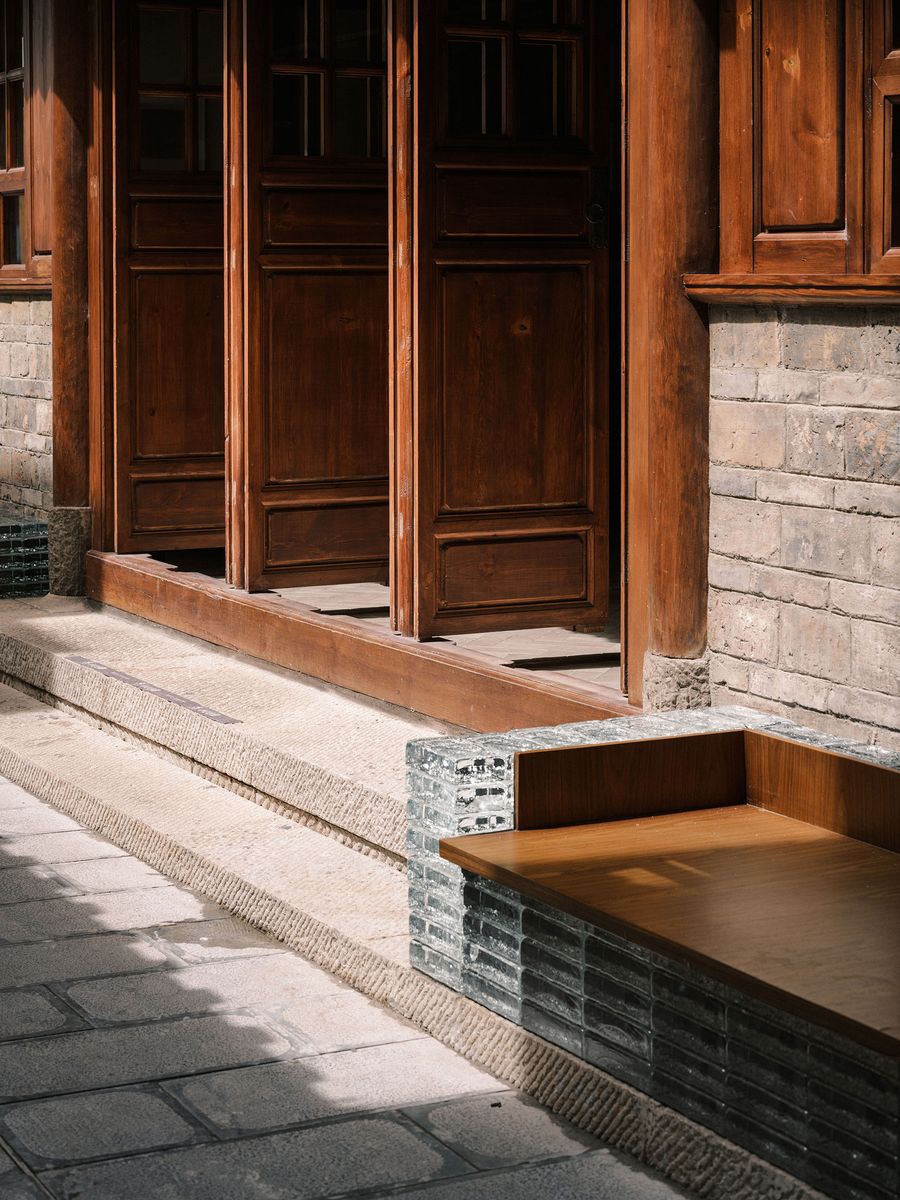
Photography by Na Xin from INSPACE.
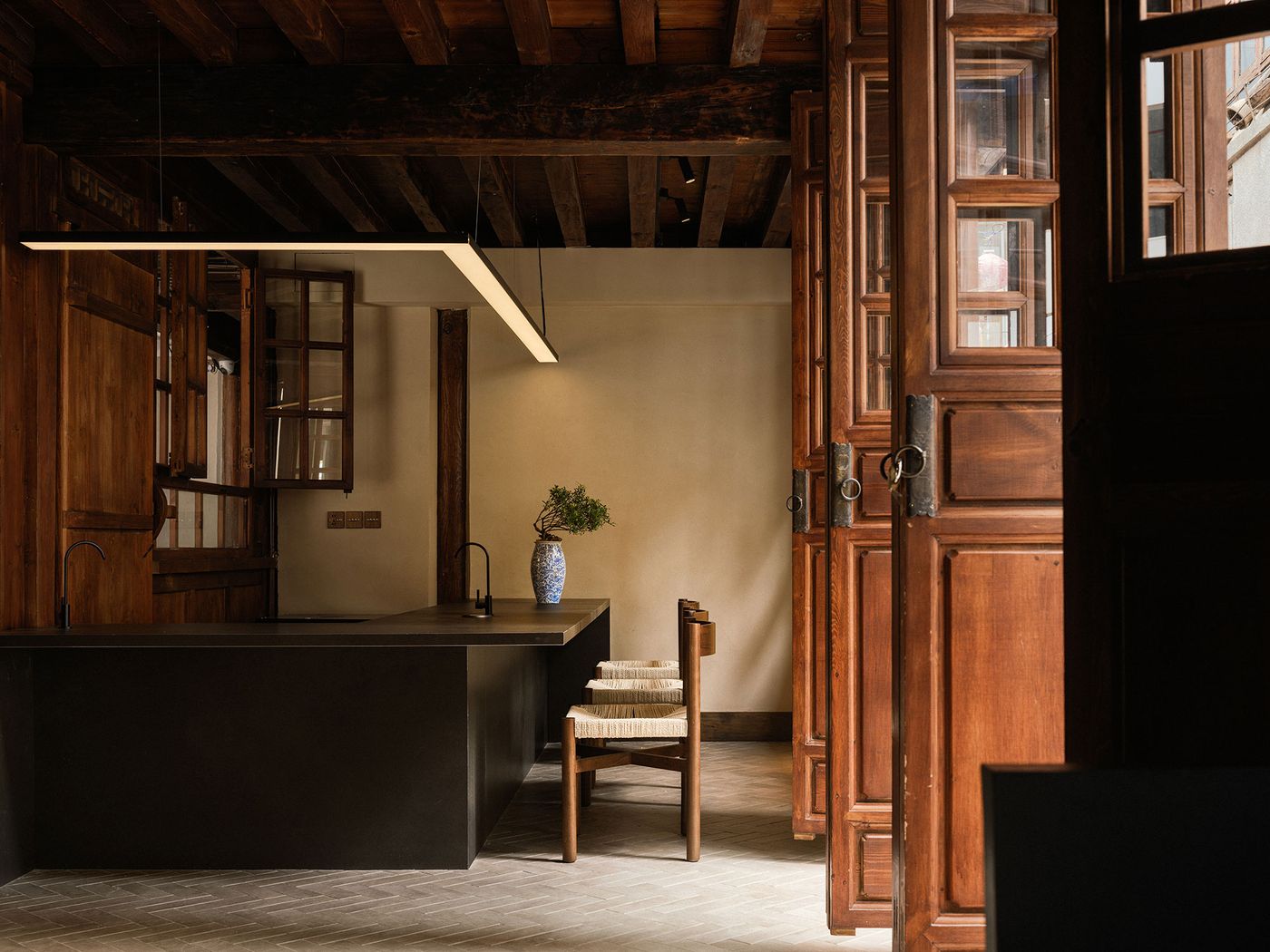
Photography by Na Xin from INSPACE.
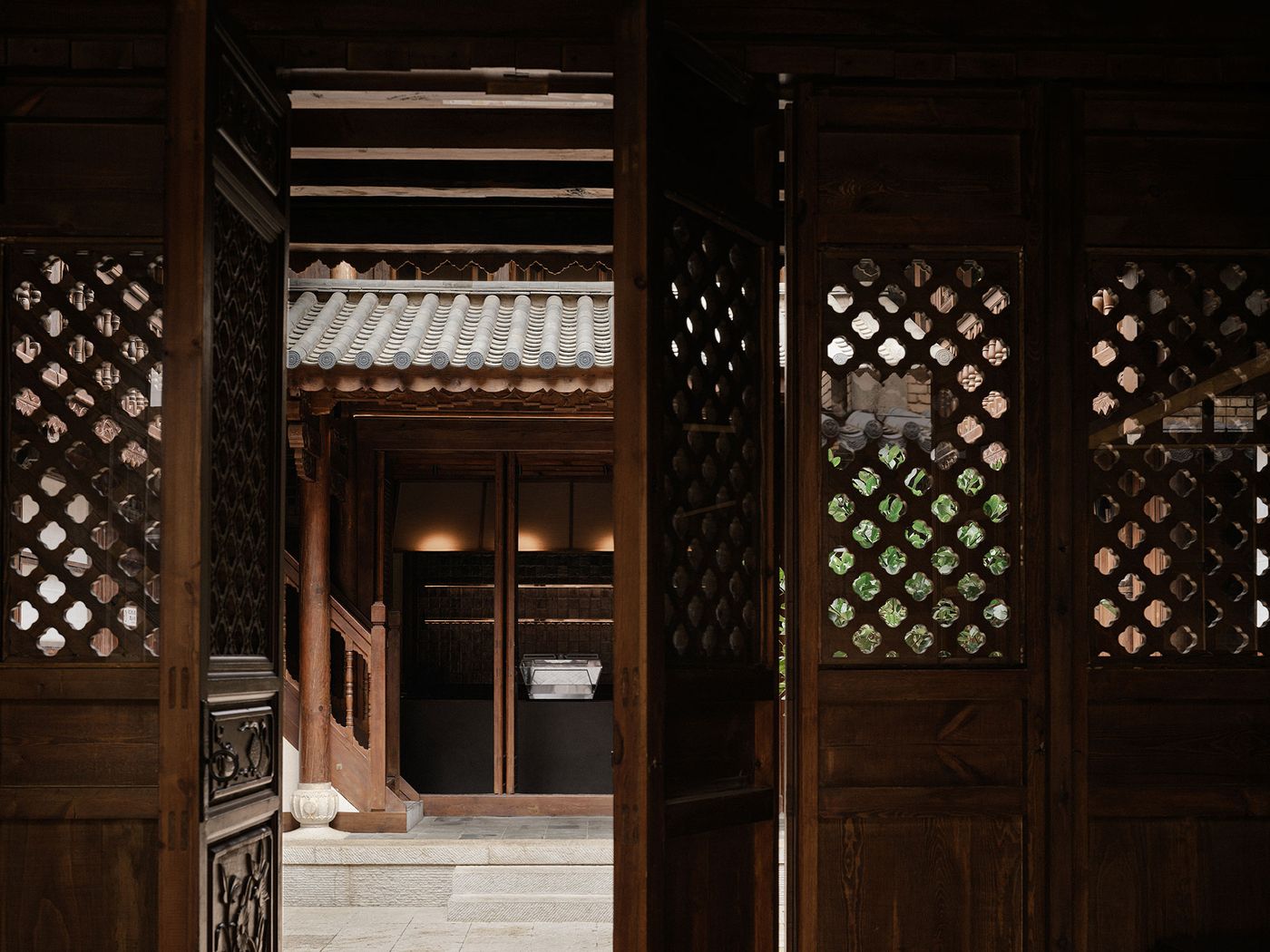
Photography by Na Xin from INSPACE.
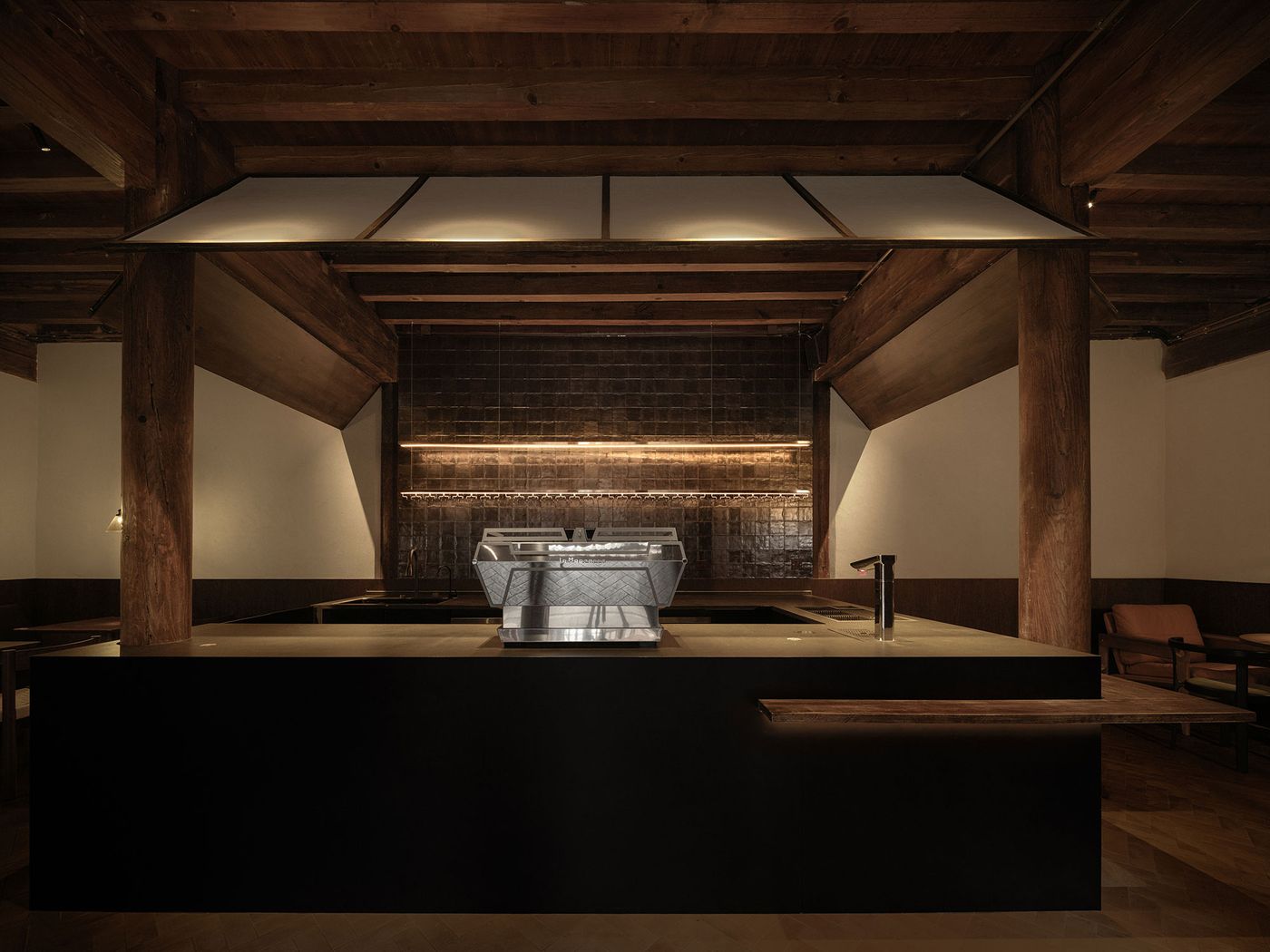
Photography by Na Xin from INSPACE.
A second, more prominent bar counter occupies the main hall on the south wing. Like its smaller counterpart, it is defined by a matte black finish and a modern silhouette, which stands in contrast, but never in conflict, with the surrounding timber framework. Behind it, glossy black ceramic tiles provide a quietly theatrical backdrop, reflecting ambient light and activity with understated dynamism.
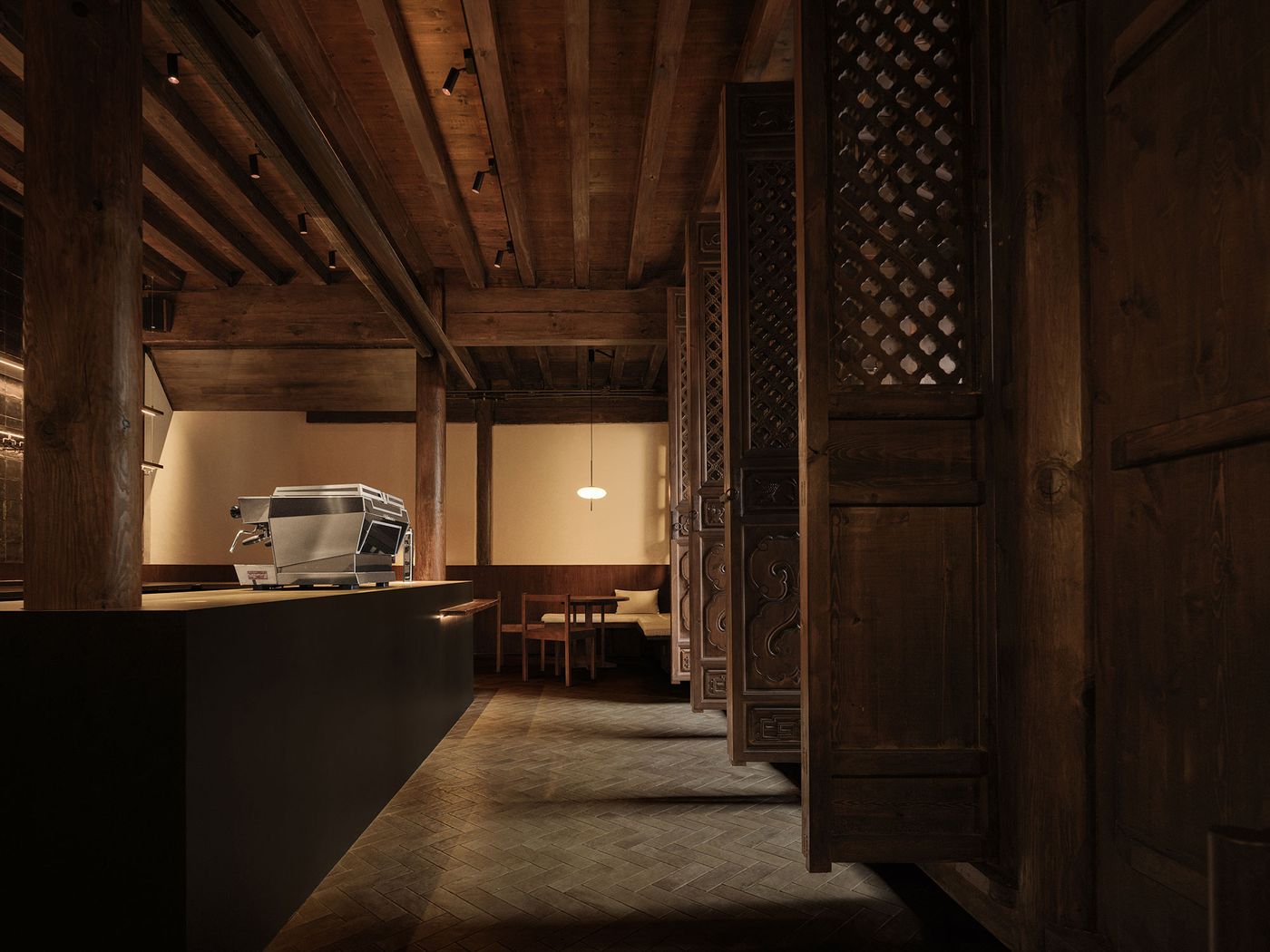
Photography by Na Xin from INSPACE.
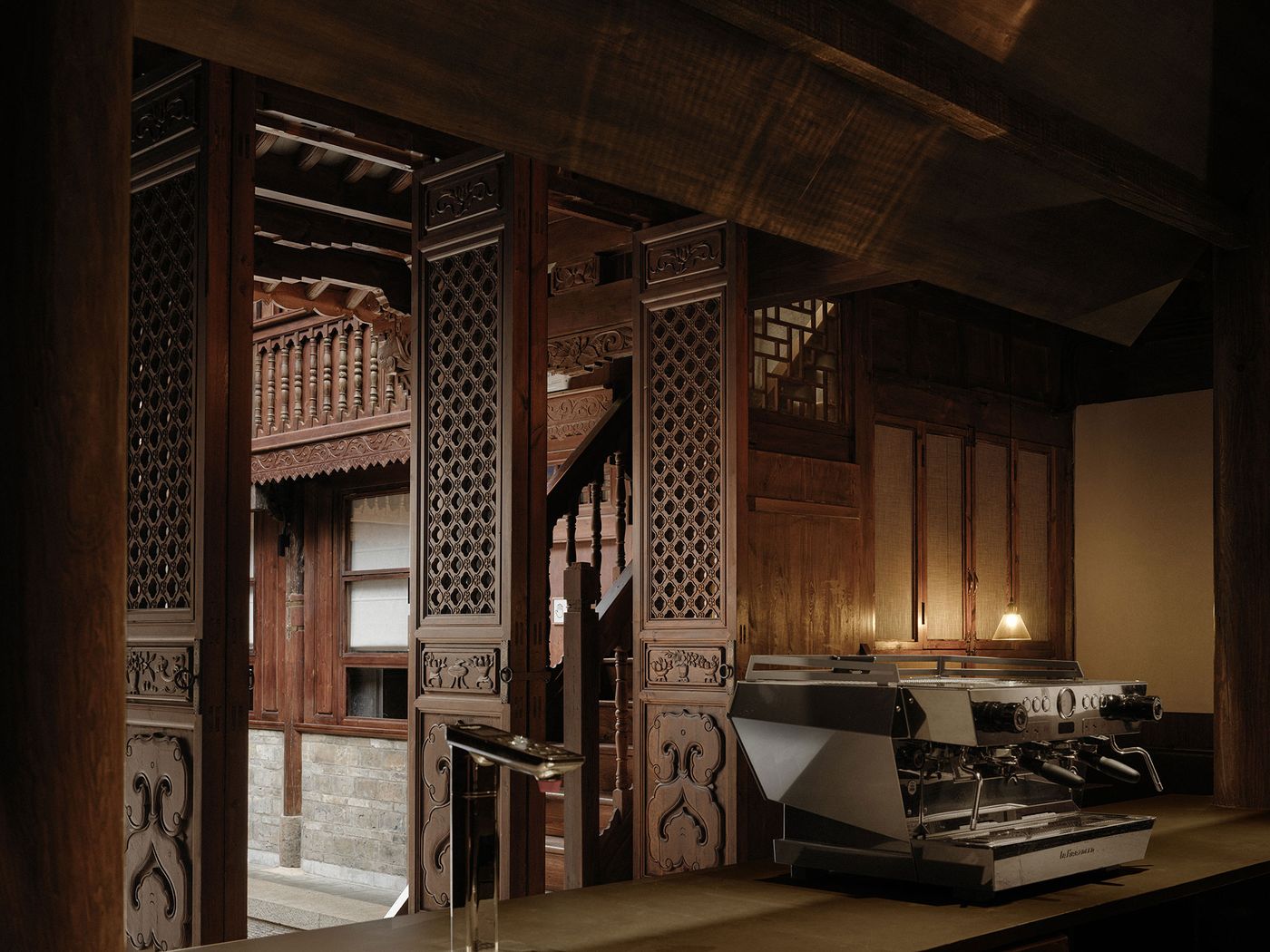
Photography by Na Xin from INSPACE.
Upstairs, elongated rooms on the east and west wings have been transformed into intimate, semi-private lounges complete with wood stoves, while slender loggias have been fitted with counter seating. These offer guests a moment of quietude beneath the eaves, where drinks can be enjoyed while gazing into the courtyard below.
Wood is the defining material throughout the venue comprising exposed beams, columns, and rafters framing every space, and establishing a rich visual and tactile rhythm. This is further amplified with hand-carved doors and window frames that preserve the building’s artisanal heritage. Aurora Design drew from this existing language to inform their interventions whereby furniture pieces reinterpret traditional forms through a minimalist lens, primarily in wood, ensuring for seamless integration. From the upstairs bar stools to the pared-back dining chairs and tables, each element feels both new and native to the space.
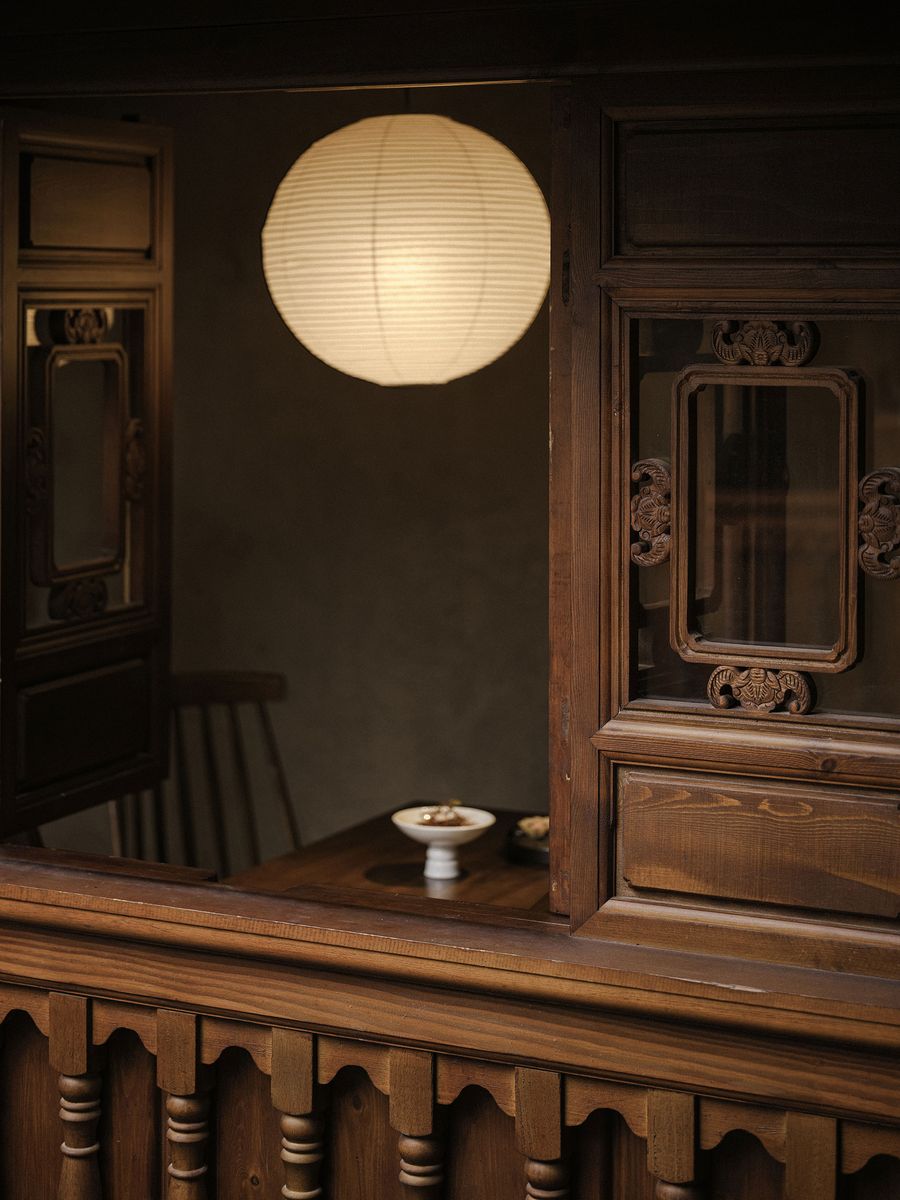
Photography by Na Xin from INSPACE.

Photography by Na Xin from INSPACE.
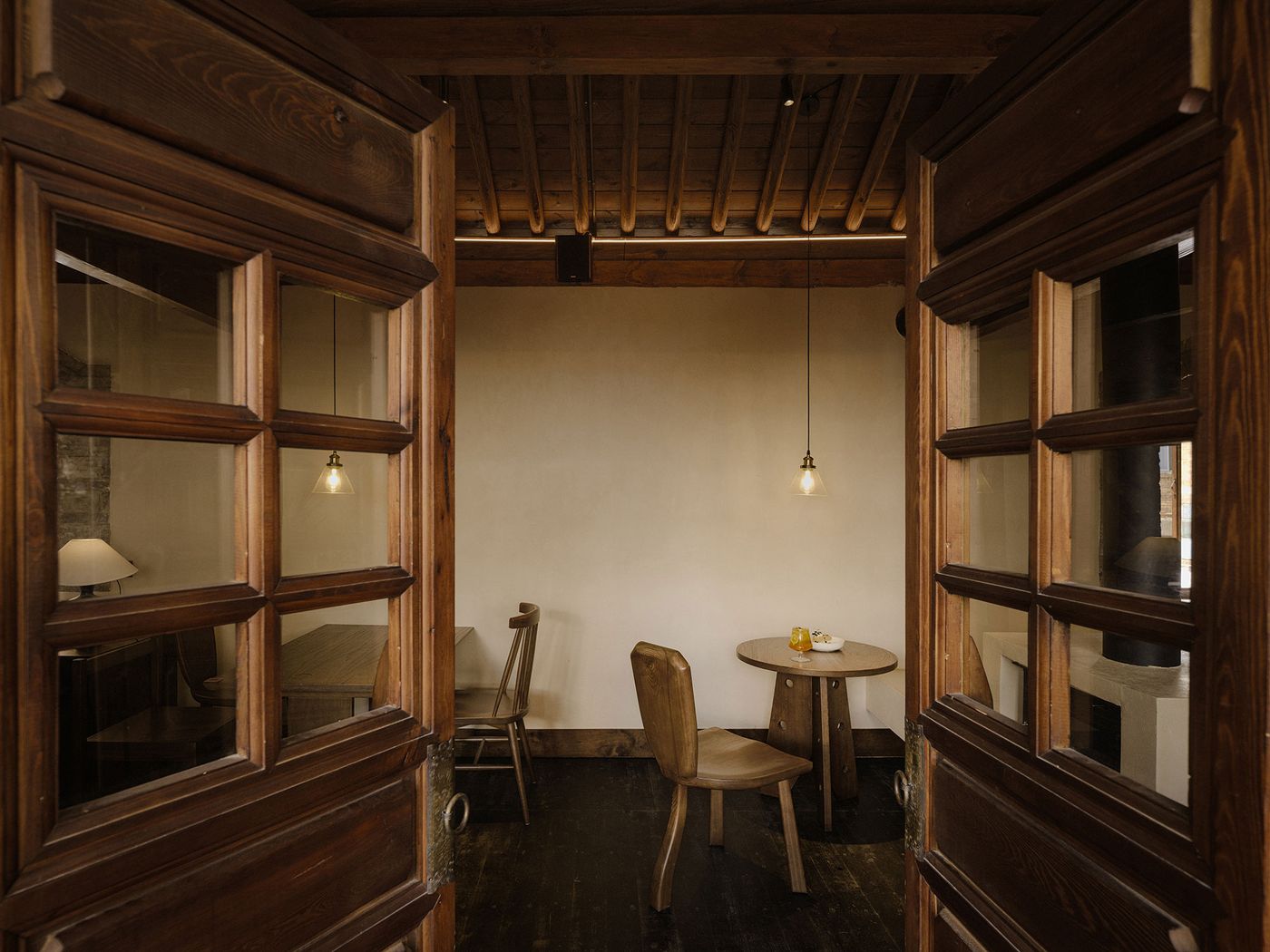
Photography by Na Xin from INSPACE.
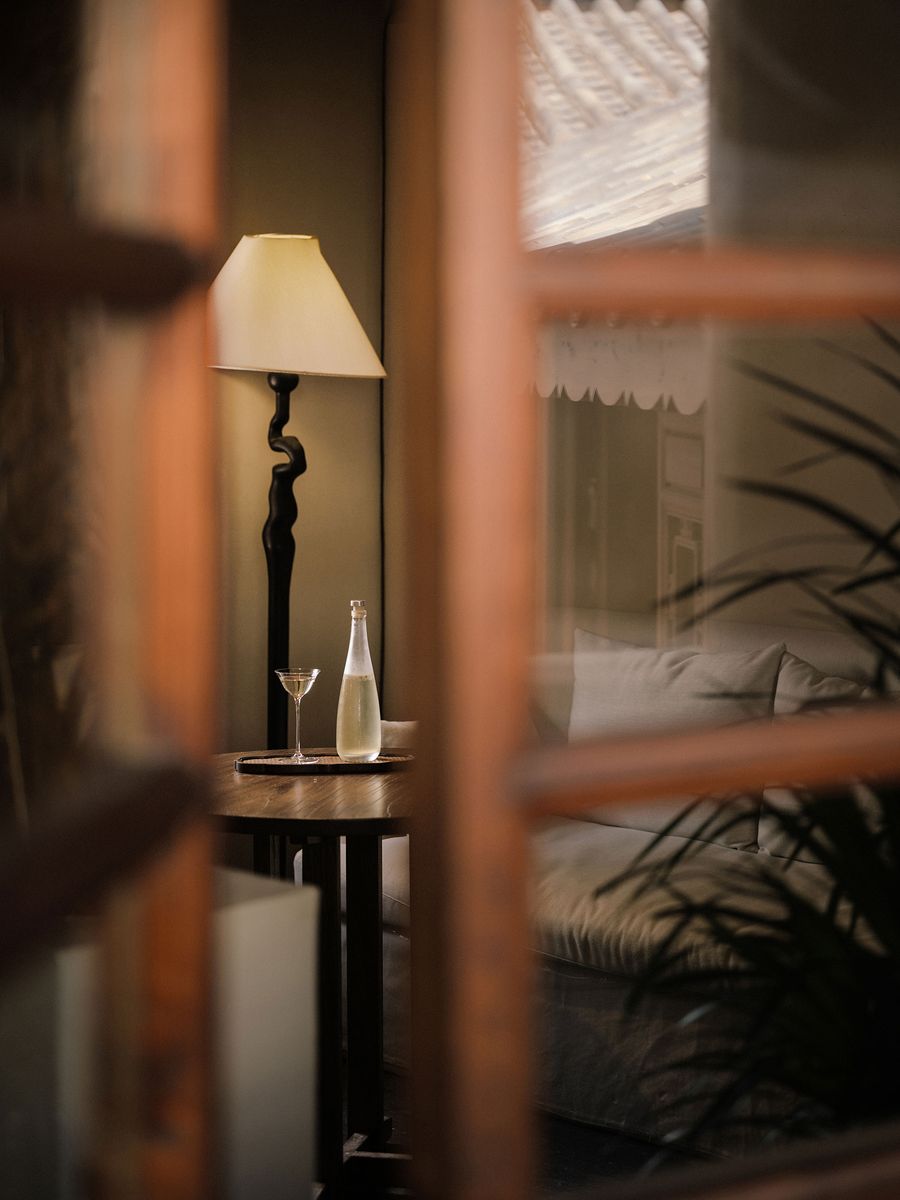
Photography by Na Xin from INSPACE.
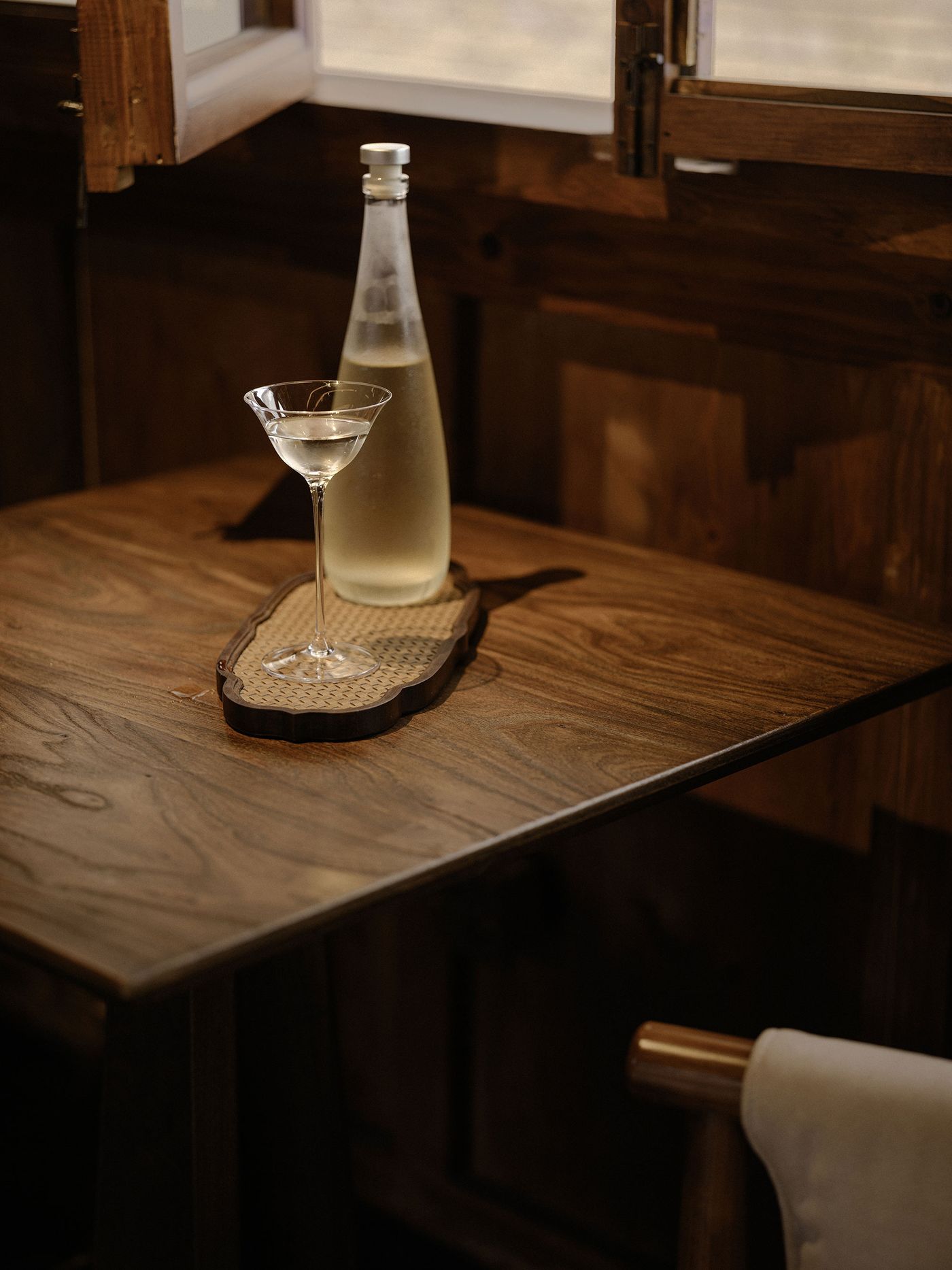
Photography by Na Xin from INSPACE.
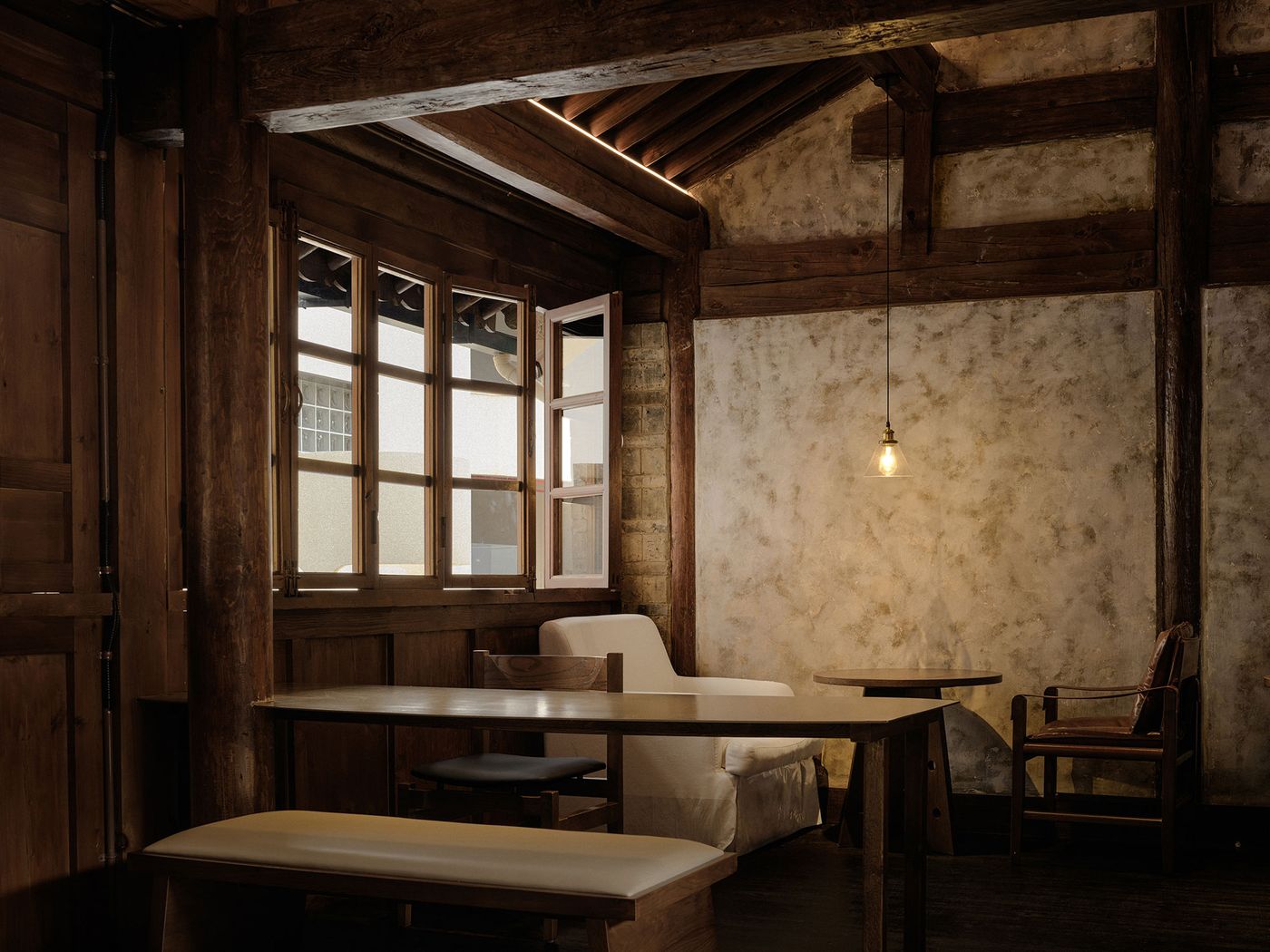
Photography by Na Xin from INSPACE.
Lighting has been used to great effect in establishing the café’s ambiance. Contemporary fittings with clean-lined profiles are paired with rustic lanterns and sconces, striking a delicate balance between quiet elegance and warm nostalgia. Across the venue, light and shadow interact with richly textured surfaces—such as wood grain, ceramic tile, and raw concrete—producing a sense of subdued timelessness rather than anchoring the space in any specific historical moment.
In the context of Kunming’s rapidly evolving urban landscape, Daguan stands as a quiet yet confident assertion that the past can inform the present through mindful design. Aurora Design’s intervention doesn’t so much reinvent the building as reactivates it, imbuing the century-old structure with contemporary resonance, without ever losing sight of where it came from.
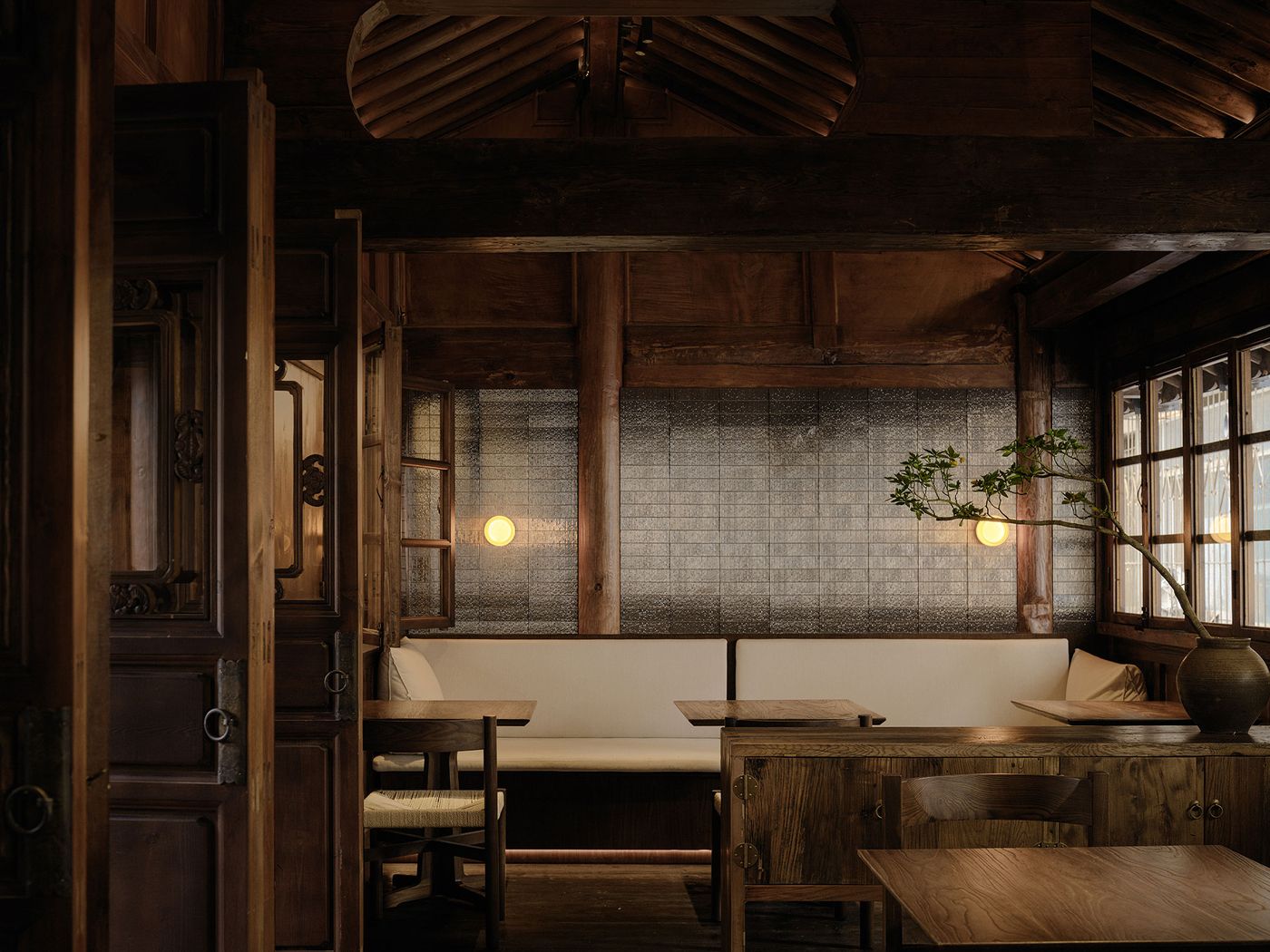
Photography by Na Xin from INSPACE.
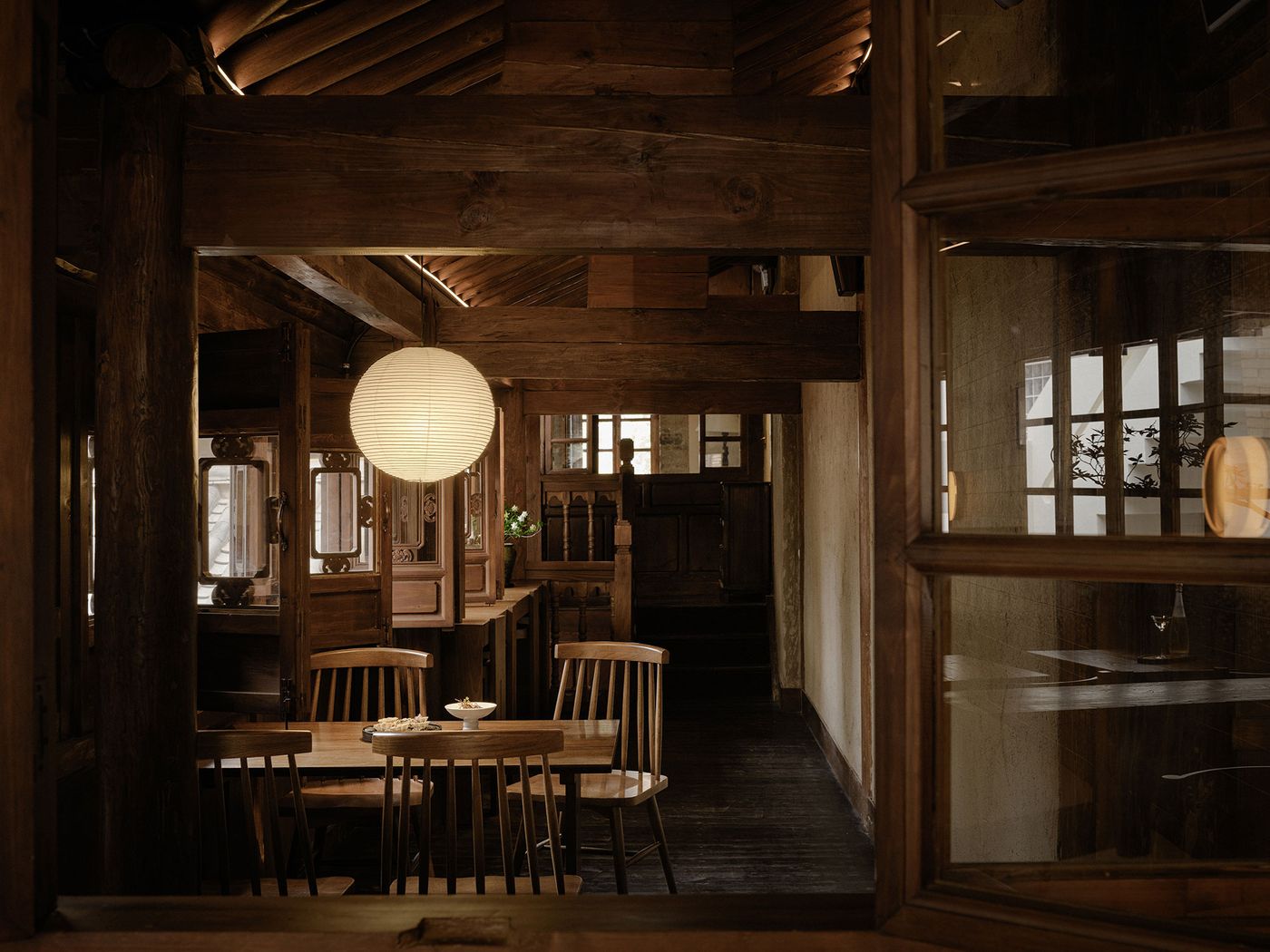
Photography by Na Xin from INSPACE.
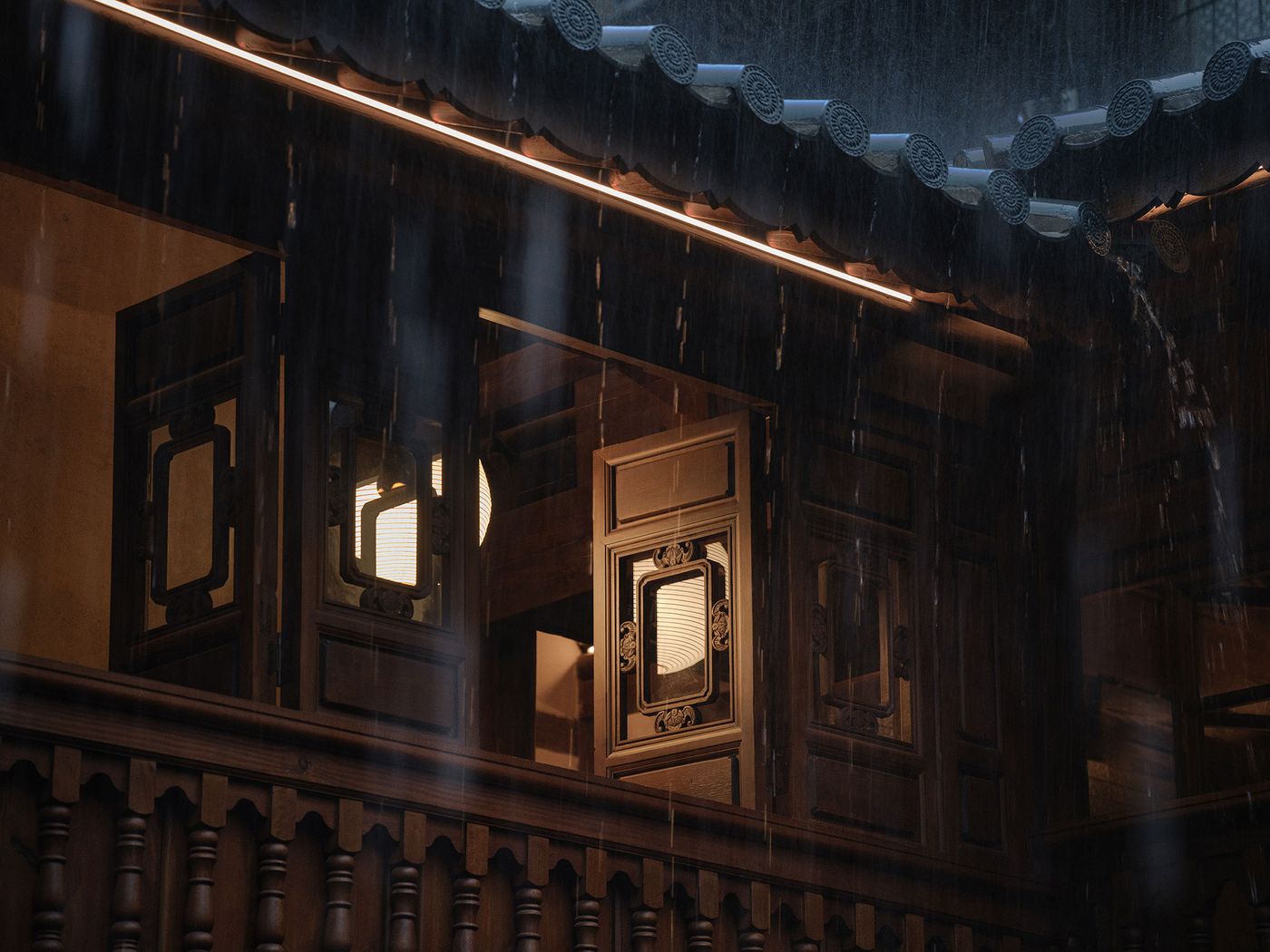
Photography by Na Xin from INSPACE.
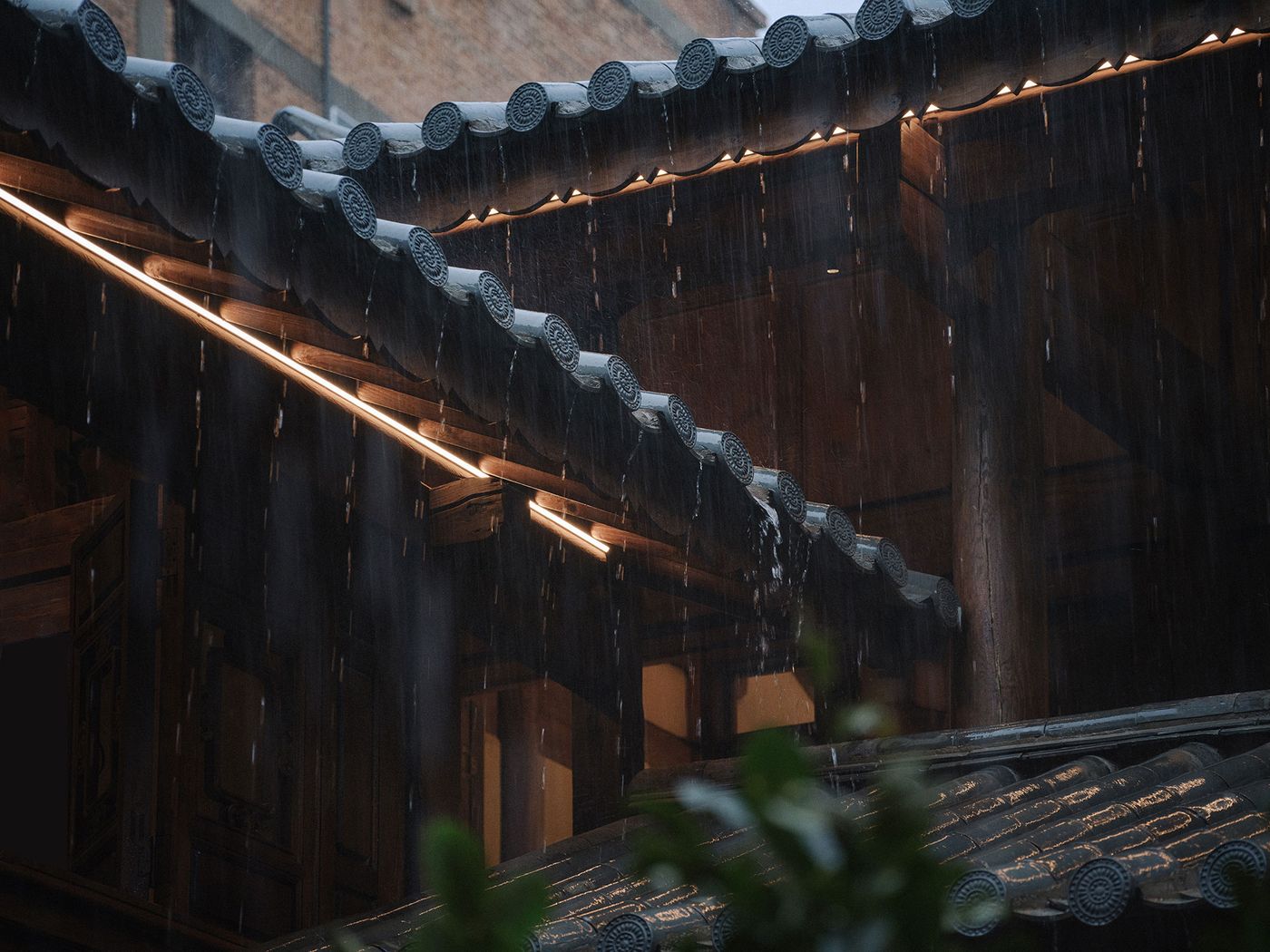
Photography by Na Xin from INSPACE.
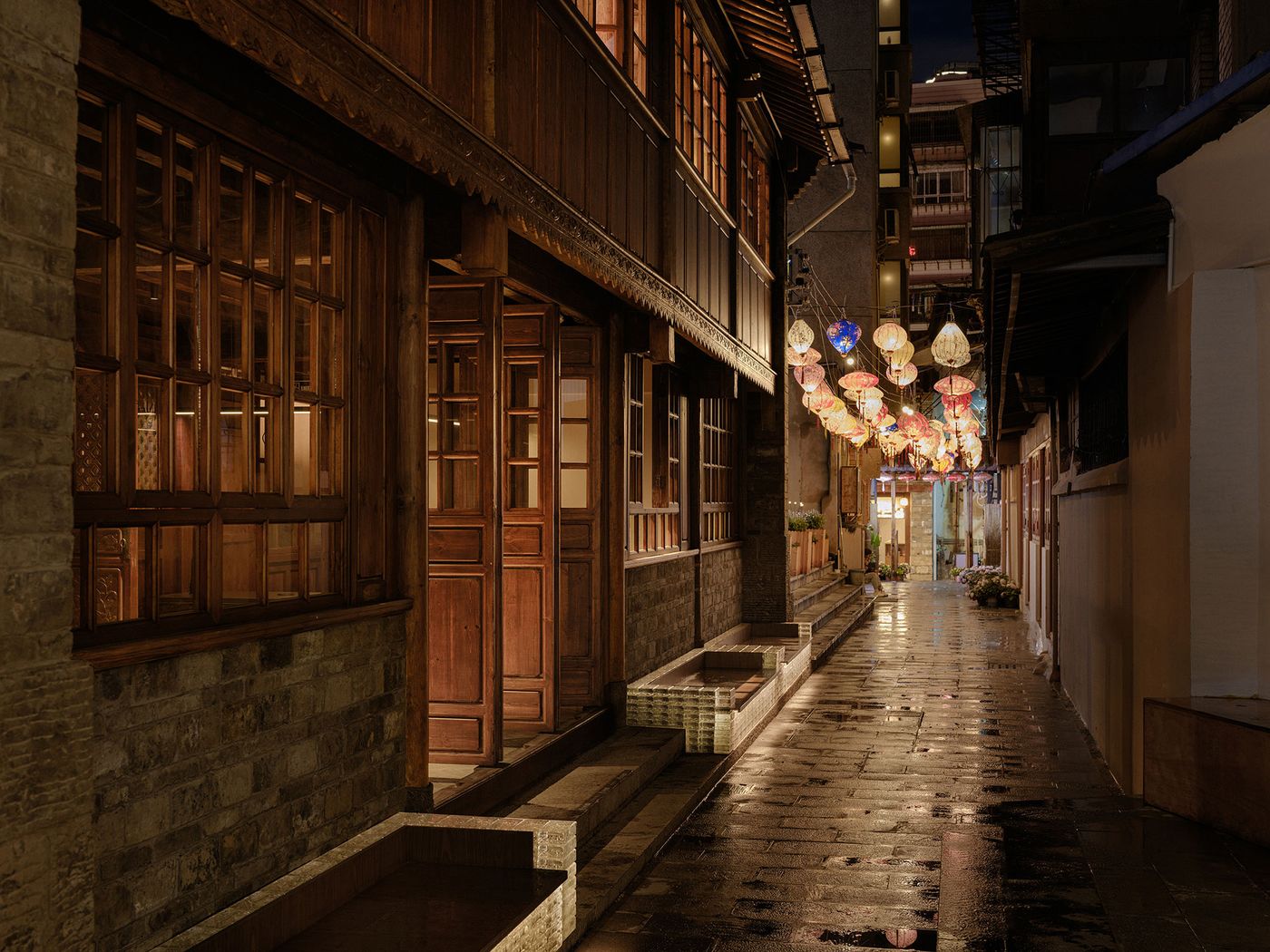
Photography by Na Xin from INSPACE.

